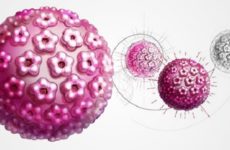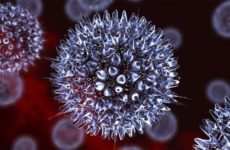HPV is a human papillomavirus, it manifests itself in the form of papillary growths on the skin and mucous membranes. In total, there are about a hundred varieties of this virus, some of them affect the skin, and some – the genitals.
HPV is one of the most common sexually transmitted diseases. Some types of papillomavirus can provoke oncological diseases, different types have different degrees of oncogenicity.
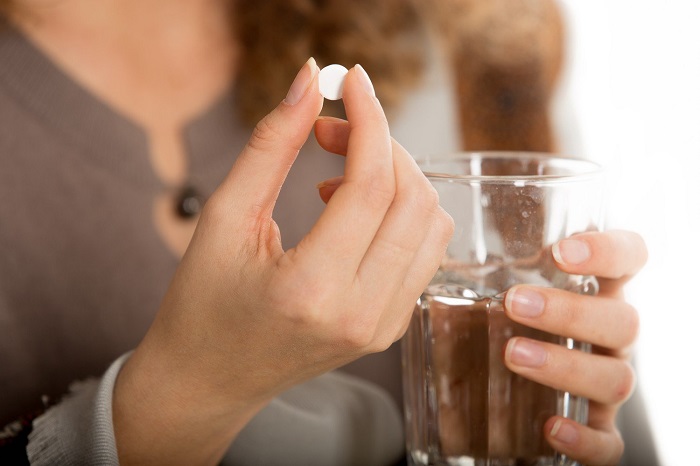
Содержание:
General information about papilloma in women and men
HPV type 44 in women affects the genitals – the perineum, the vestibule of the vagina, the cervix, the perianal region, the vagina, the pubis, the urethra.
Unlike some other varieties (for example, 16,18, 45 , 56 types), it belongs to viruses of low oncogenic risk, that is, the likelihood of developing an oncological tumor is low, they can degenerate into a tumor only in very rare cases and only with very serious weakening of the immune system.
Factors and causes of infection
Infection most often occurs through intimate contact, but sexual contact is not the only way to become infected. Infection can also occur:
- household way – in contact with an infected surface on which the patient’s skin cells remain, or with the patient himself;
- in a vertical way – that is, the virus enters the child’s body through the birth canal.
Infection does not occur through blood or saliva, only through skin cells.
The only way to protect against HPV is to strengthen the immune system.
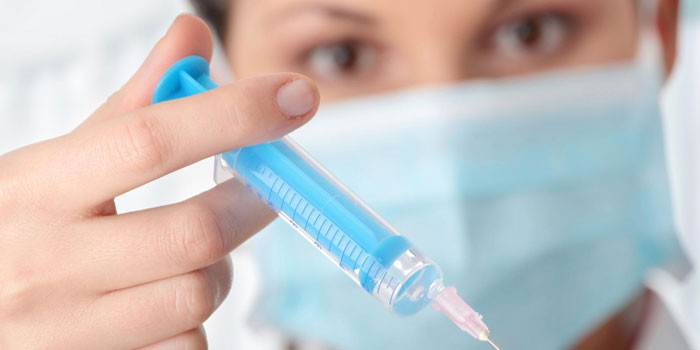
Factors that provoke the development of infection also include:
- bad habits;
- frequent change of sexual partners;
- the presence of pathologies of internal organs;
- long-term use of potent drugs;
- hormonal disorders;
- violation of the rules of personal hygiene.
Stages of the disease
The incubation period for HPV can range from several months to several years. The duration of the incubation period may depend on the general condition of the body, the presence of concomitant diseases, and lifestyle.
The clinical manifestation after the incubation period occurs in the form of warts on the genitals.
Often there is a subclinical course of infection, that is, obvious symptoms are not visible, and in many cases this genital infection may go unrecognized.
HPV is highly contagious, and you can become infected already at the first sexual contact, this happens in about 60-70 percent of cases.
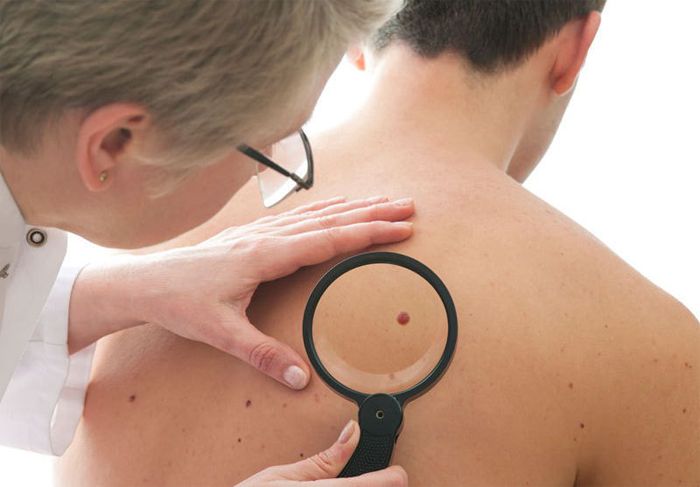
Development Features
HPV is most often transmitted from a sexual partner through microtrauma of the genital organs. Further, the infection enters the mucous membrane, and it is met by cells of the immune system.
In most cases, these cells manage to destroy the virus. But if the immune system is weakened, then the virus is able to penetrate the cells of the basal layer of the epithelium of the mucous membranes, then the DNA of the virus is introduced into the chromosomes of the cells and changes their work.
These cells begin to divide too quickly and grow in a certain area, while outwardly turning into growths – papillomas.
Diagnostic methods
As with any disease, correct and timely diagnosis helps to avoid a number of health problems. In the case of HPV, this is suppuration in the tissue structure, acute inflammatory processes, and most importantly, cancerous tumors.
Women are recommended to go to the gynecologist every six months or a year and take tests for the presence of papillomatosis.
Diagnosis of HRC is performed in several ways:
- Examination by a gynecologist . Often the disease proceeds in a latent form and a routine examination will not allow you to see the infection.
- If the infection already manifests itself in the form of papillomas, a histological analysis of a piece of growth tissue. The following methods are relevant if the patient has no obvious external manifestations in the form of warts.
- PCR – polymerase chain reaction – one of the main diagnostic methods. It consists in taking a smear from the mucous membrane of the vagina and cervix, then using special reagents, the presence of DNA infection is determined. This analysis allows you to detect the presence of the virus even in a latent state, as well as to determine its concentration. But sometimes PCR can give a false result (both false positive and false negative).
- A cytological study, also called a PAP test, or simply cytology . A swab is taken from the patient, and the presence of pathologically altered cells is determined under a microscope.
- Digene-test – Digen-testing is a new type of research that allows a clinically significant concentration of the virus. Usually it is carried out in combination with a cytological study.

How to get rid of pathology?
Strain 44 belongs to viruses of low oncogenic risk, so do not panic, this is not a terrible disease, but treatment should be approached responsibly and listen to the doctor’s recommendations.
When making such a diagnosis, antiviral drugs are usually prescribed, such as acyclovir, cycloferon, isoprinosine ( isoprinosine analogs ), groprinosin. These drugs are available in the form of tablets, taken orally in certain dosages.
Also, in the presence of genital warts, topical preparations (vaginal suppositories) are prescribed, such as geneferon, panavir , viferon, papilomin, gepon. Sometimes injections of Panavir, Allokin-Alpha , PegAltevin solutions are prescribed subcutaneously or intramuscularly. Parallel partner treatment is also recommended. Ointments, gels, creams in the treatment of HPV type 44 are used less frequently.
Treatment occurs, first of all, by stimulating the immune system, improving the natural protective functions of the body.
If a patient, in addition to HPV, has other sexually transmitted diseases (herpes, chlamydia, and others), a comprehensive treatment regimen is very important, as concomitant ailments can provoke a risk of complications from papillomavirus.
Additionally, folk remedies sometimes use douching miles of washing from a decoction of celandine or calendula, nettle tincture, potato ointment, a decoction of wormwood, raspberry leaves and honey.
It must also be remembered that it is impossible to cure the papillomavirus 100%, but you can bring it into a latent state, remove external manifestations and reduce its concentration, ensuring that the immune system itself suppresses the infection.
Prevention
Prevention consists, first of all, in strengthening and maintaining immunity. The best preventive measures include:
- healthy lifestyle;
- compliance with personal hygiene measures;
- avoidance of casual sexual contacts, promiscuity;
- taking vitamins, healthy eating;
- regular visits to the gynecologist.
Thus, human papillomavirus type 44 belongs to viruses of low oncogenic risk. This means that the risk of developing oncological neoplasms in the presence of this strain is minimal, and is possible only with a very significant weakening of the immune system.
The disease does not always have pronounced symptoms, therefore, modern diagnostic procedures – PCR, digestion test, cytological or histological analysis – allow to identify this disease. The main therapeutic measure in the presence of this type of virus, as well as other varieties of HPV, is to strengthen the immune system.
As a treatment, immunomodulatory and antiviral drugs are prescribed, in the form of tablets and suppositories, sometimes injections. The best prevention of papillomavirus is the rejection of promiscuity (ideally, there should be one permanent sexual partner), a healthy lifestyle, personal hygiene, and taking vitamins.



